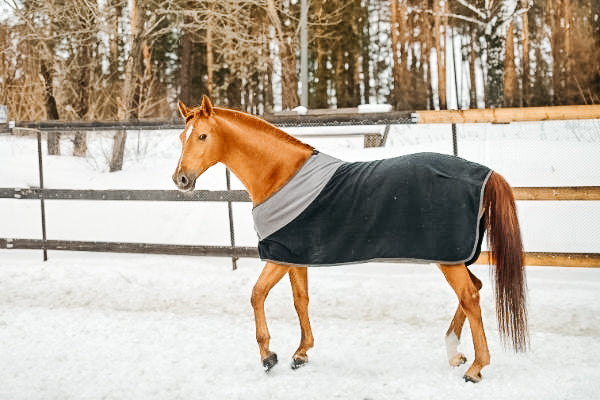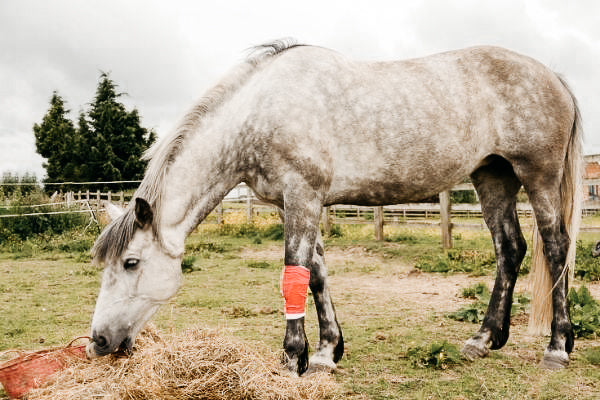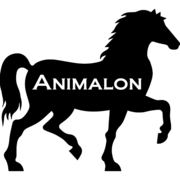
thrush
It is one of the most common horse diseases of the hoof - thrush. But what exactly is behind it?
What is thrush in horses?
Thrush in horses is a bacterial hoof disease. In thrush, so-called putrefactive bacteria infect the frog, accumulate in the furrows of the hoof frog and decompose it. The frog can be seen on the sole of the horse's hoof: it pushes into the sole in a wedge shape, creating the central and lateral hoof furrows.
Course of illness
- middle jet furrow is affected
- Bacteria move to the lateral ray furrows
- Decomposition of the beam continues
- greasy substance that smells extremely is formed
How does steel rot manifest itself in horses?
Typical symptoms of thrush are:
- dark, foul-smelling secretion can be seen in the jet furrows
- deeper furrows than usual
- Beam appears softened
- Large parts of the horn are loose and must be removed
- The hind legs are more commonly affected
- The hoof skin may even be exposed, the horse will then show clear pain and can also express this by becoming lame
- Rings on the horn wall - these form as the hoof's reaction to the inflammation
- constantly wet bedding in the boxes or standing on mud paddocks for hours
- Mattress kept in the box (excellent habitat for bacteria)
- little exercise (as a result, the hoof has poor blood circulation and the nutrient supply is not guaranteed)
- negligent hoof care
- incorrect shoeing or incorrect processing
- poor horn quality
- Anatomically modified hoof e.g. b Forced hoof

How is thrush treated?
If thrush is detected, the first step should be to reconsider the housing conditions. The regular removal of wet litter, proper, regular hoof care and mud-free paddocks are the basic requirements. Before the hoof is treated with various care products, the hoof must be thoroughly cleaned and rotten horn tissue is best removed by a farrier or hoof orthopedist.
After cutting out, small cotton balls should be soaked with disinfectant and antibacterial agents and pressed into the frog groove. The cotton balls should remain in the hoof until the horn is dry. The pressure that the cotton balls exert on the hoof also promotes horn growth. As a precaution, the hooves can also be strengthened with feed additives such as Biotin. A blood sample can be used to check whether the horse is suffering from a zinc deficiency and therefore has a poor quality hoof horn.

The duration of the treatment depends primarily on the extent of the thrush but also on the growth of the affected horn. Even with consistent therapy, it can take a few weeks for complete healing.
If there is a slight or If thrush is discovered early, the owner can usually treat it easily themselves. If there is no improvement, you should definitely consult a veterinarian.
Rapid rot - prevention is better than aftercare!
This is how you can prevent thrush in horses:
- Regular hoof care by a hoof trimmer
- Avoid tight heels
- Keep mud runs and paddocks free of manure
- Thoroughly remove the wet litter every day
- enough fresh dry bedding (possibly a layer of shavings under the straw as they absorb the liquid better)
- Scratch hooves thoroughly every day
- Strengthening the immune system
Discover more posts

Horse blanket YES or NO? Sooner or later every horse owner will probably ask themselves this question - does my horse have to wear a blanket and if so, which blanket is the right one for my ho...
Continue reading
Many professions and further training require a first aid course as an entry requirement. But what if our beloved four-legged friend needs first aid? Get our horse into the stable side positio...
Continue reading
